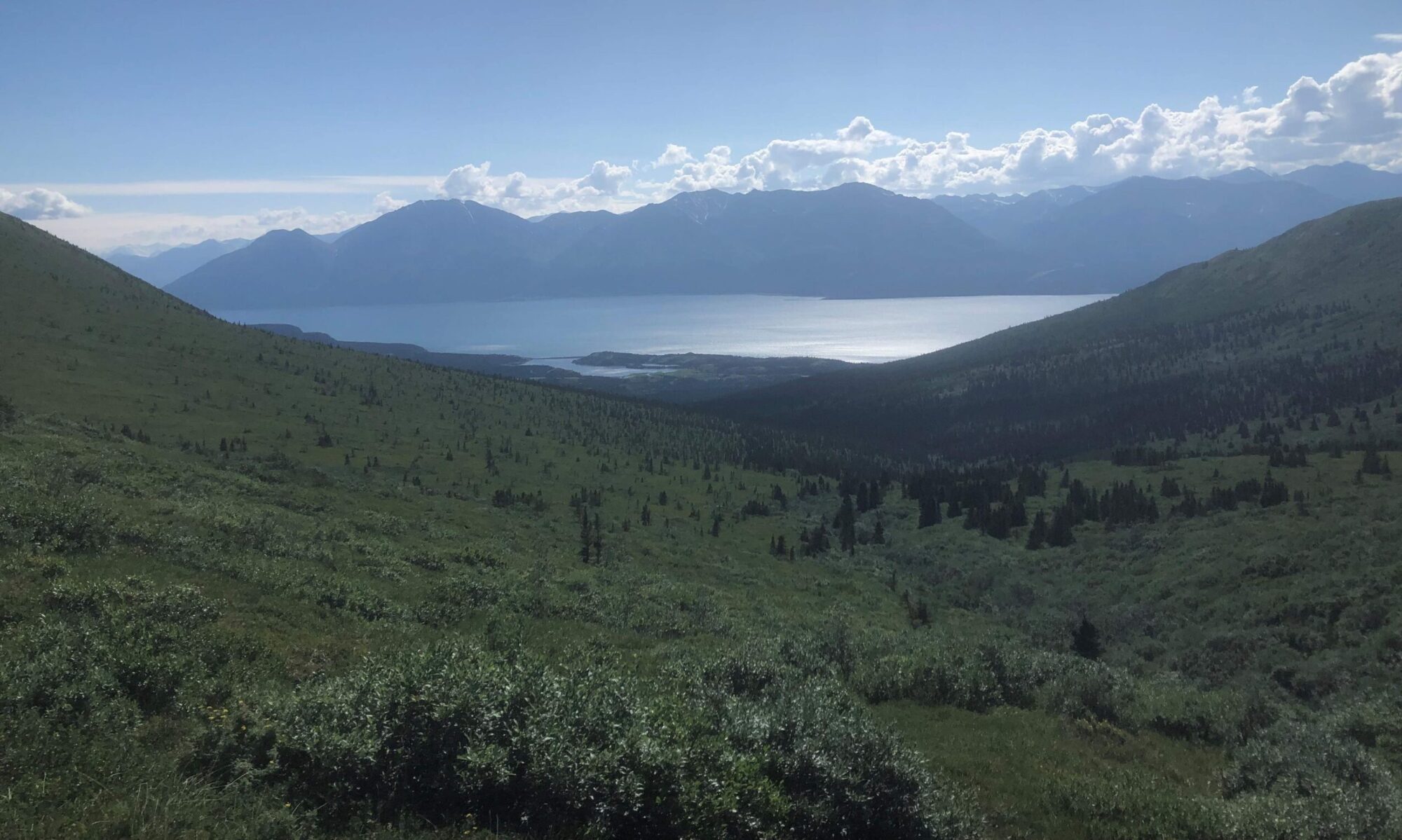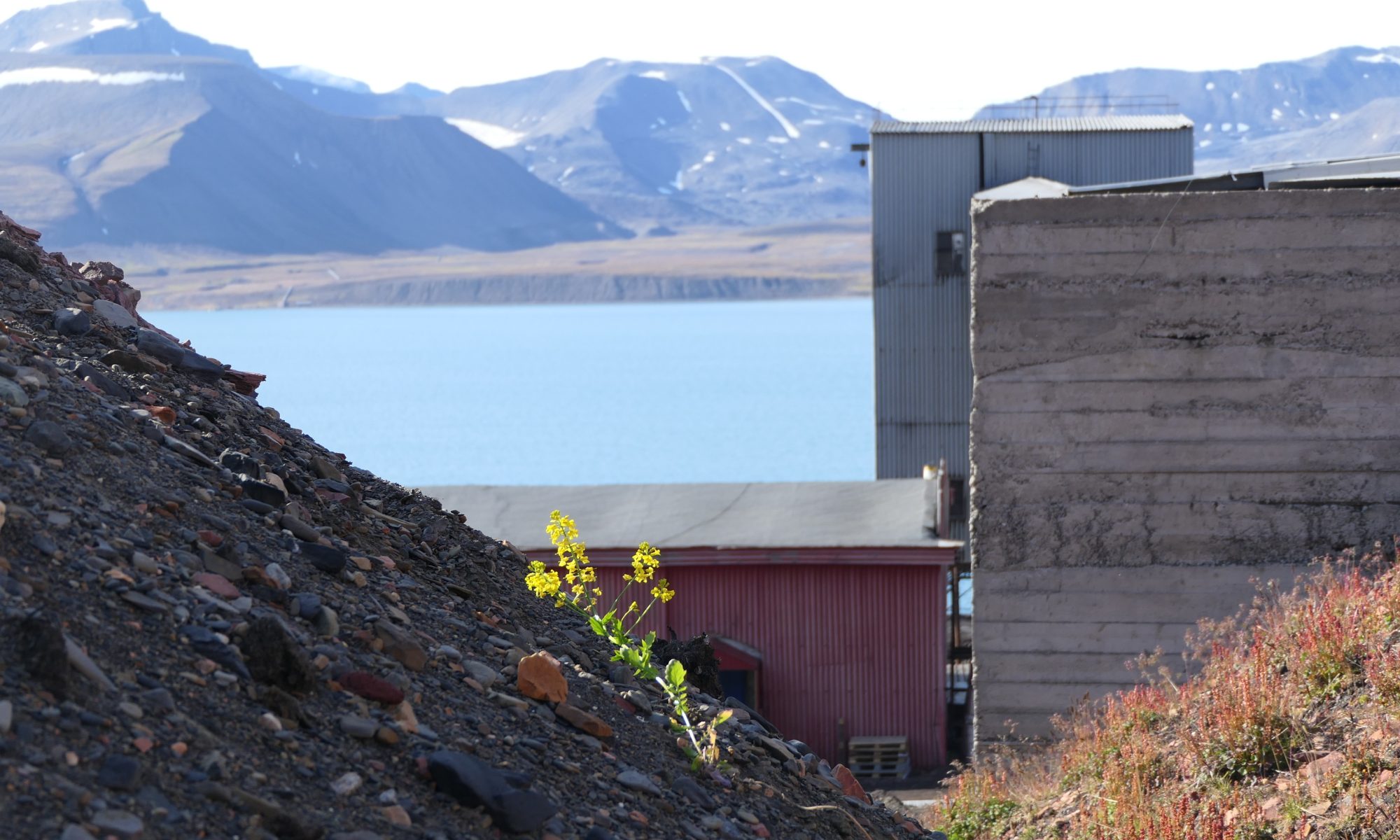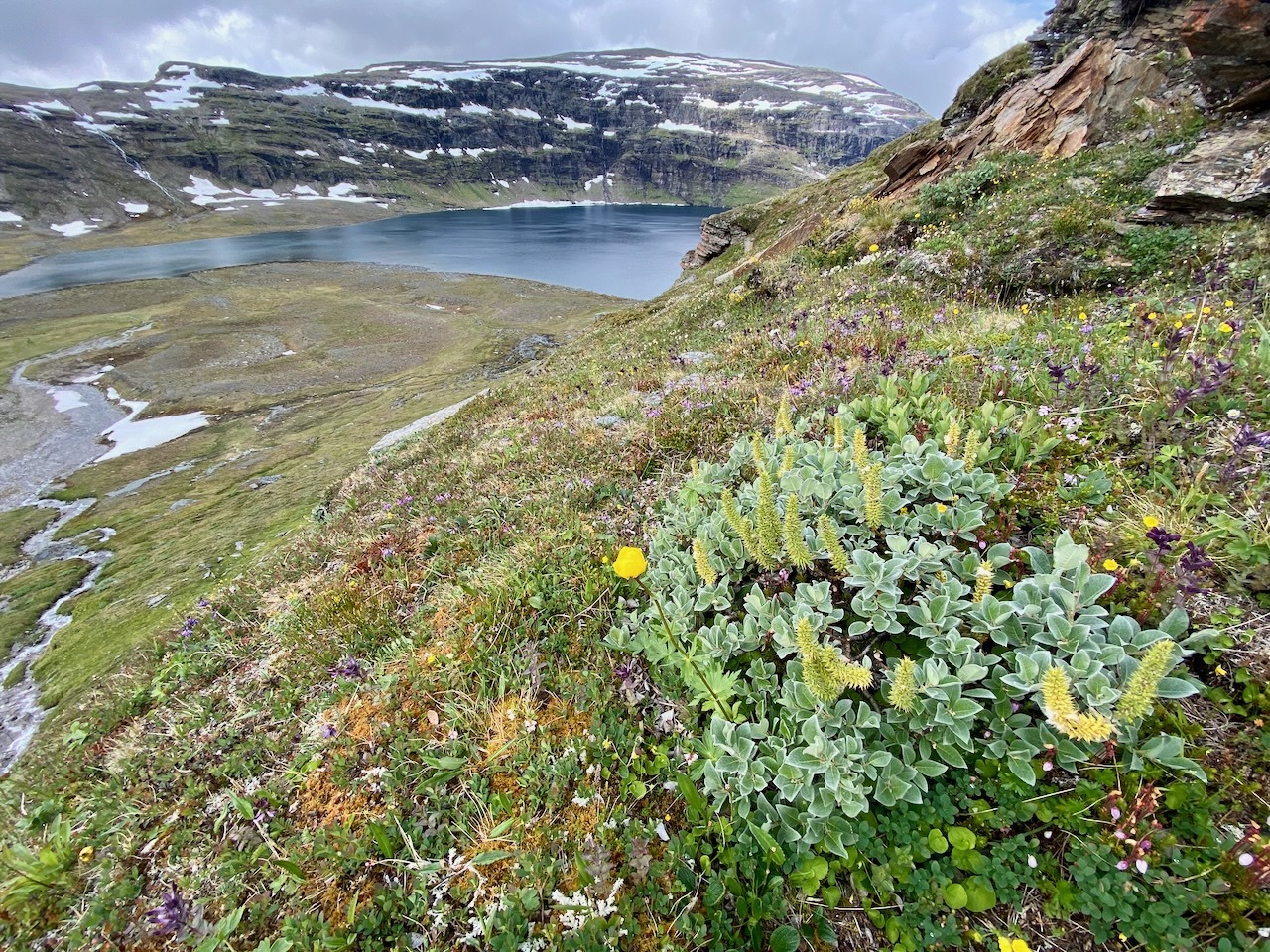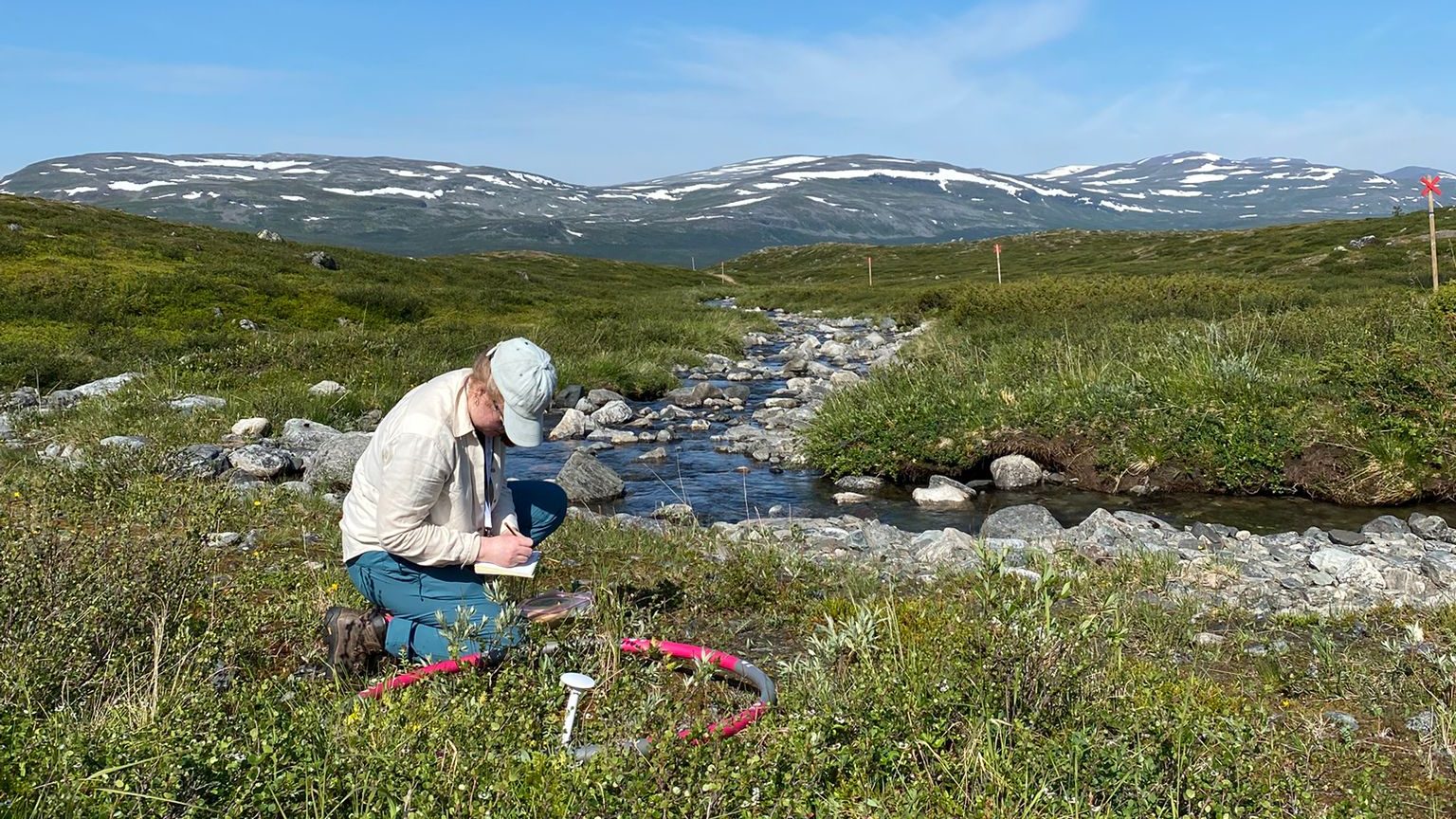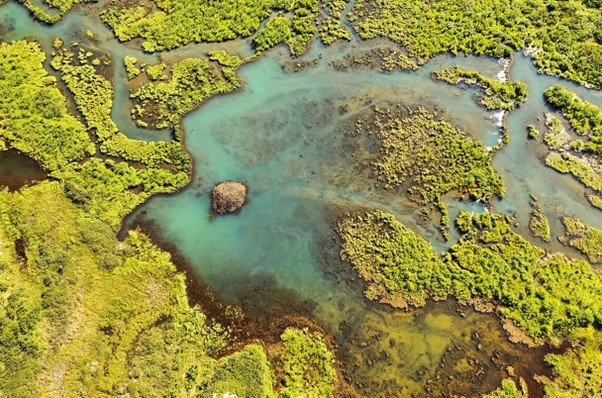Invasive species are one of today’s main environmental challenges, implicated in biodiversity loss and causing huge ecological and economic costs. So far, the remote and cold Arctic tundra has been spared the worst impacts of invasive plants. However, increasing human activity and a warming climate together increase the chances for non-native plant introductions, and establishment. To facilitate monitoring and management of this challenge, NordBorN researchers including Kristine Westergaard and James Speed at the Norwegian University of Science and Technology, have carried out an horizon scan for potential non-native plants across the terrestrial Arctic.
Starting with a list of globally invasive plants, they identified potential alien species as those with a climate overlap with today’s Arctic climate. They identified a total of 2554 new alien plant species that could potentially survive in the climatic conditions in the Arctic tundra. Some regions are identified as potential hotspots including western Alaska, southwestern and southeastern Greenland, northern Iceland, Fennoscandia, and Kanin–Pechora. The species that could potentially establish in the Arctic are widely distributed across the world. However, species with high latitude distributions (e.g. boreal species) had a higher likelihood and degree of climate overlap with the Arctic. The close geographical connection between the Arctic and boreal regions makes this area a key source for non-native species introductions to the Arctic.
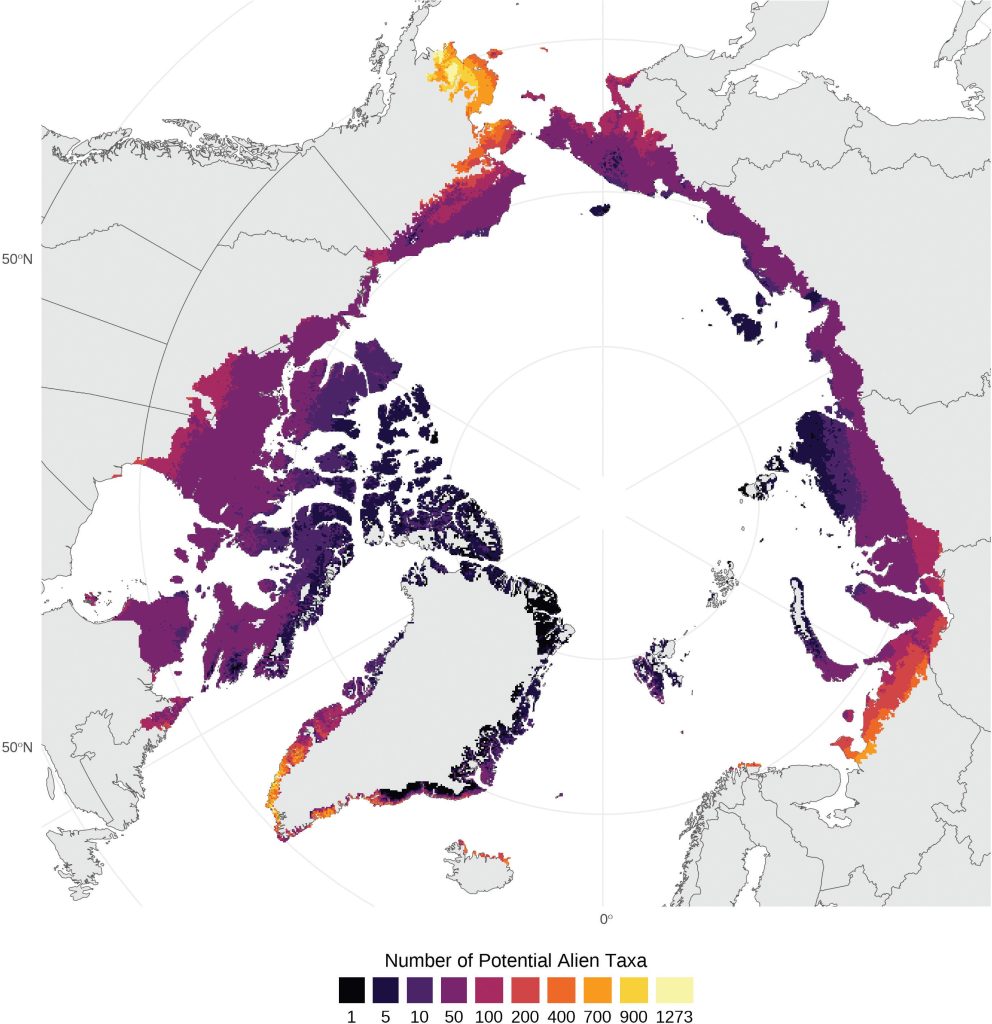
The data-driven horizon scanning approach that is developed in this paper produces regionally-specific lists of risk species and source regions. These can help develop biosecurity, monitoring and rapid response measures, contributing to preserving the ecological integrity of the Arctic tundra into the future.
Publication: Ulsted, T.H., Westergaard, K.B., Dawson, W., & Speed, J.D.M. (2025). Horizon scanning of potential new alien vascular plant species and their climatic niche space across the Arctic. NeoBiota, 104, 1-26. https://doi.org/10.3897/neobiota.104.165054
Photo: Alien Barbarea vulgaris growing on very disturbed substrates in Barentsburg, Svalbard. (Kristine Westergaard)
